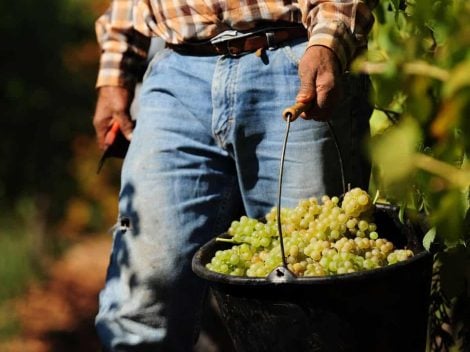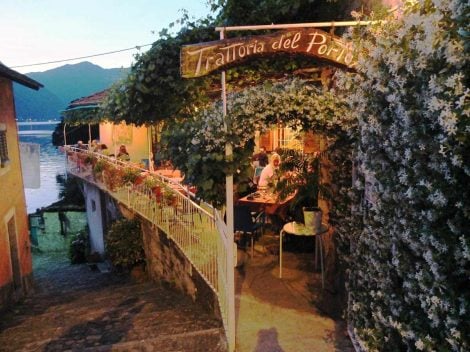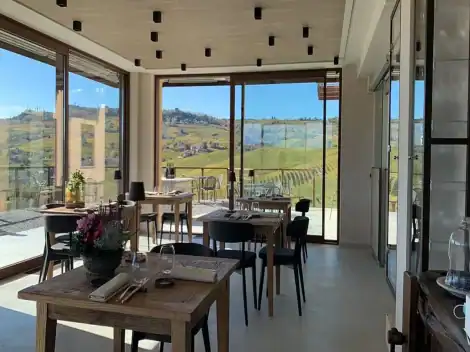Mikachan is an unusual place. Firstly, because of its location. In Infernetto, in that area of the Agro Romano close to the coast and urbanized in the post-war period in a not always regular manner. A residential suburb where, behind a building with commercial area, pharmacy, hairdresser, and pub, the entrance hidden behind a wicker fence hides a small restaurant announced only by a small Japanese lantern.
The success of Mikachan
Unusual, Mikachan, also because the sign is not the translation of something exotic, like cherry blossoms or Eastern skies, but a tribute to its creator, Italian, Roman, Micaela Giambanco, inspired since childhood on the path to Japan by her love for karate and then dazzled by its cuisine. Mika-chan (which sounds like a term of endearment, little Michela) is her, still that girl conquered by the culture of a country as distant as it is irresistible, even today that the restaurant she opened in 2018 with her husband Paolo – also a Japan enthusiast - has long been a case, with a waiting list of six months, mentions from the national press, and esteem from the most difficult world, even more so for a woman, that of Japanese restaurateurs (Giambanco is part of AIRG, the Italian Association of Japanese Restaurateurs, founded twenty years ago in Milan by industry veterans like Hirazawa Minoru, from Poporoya).
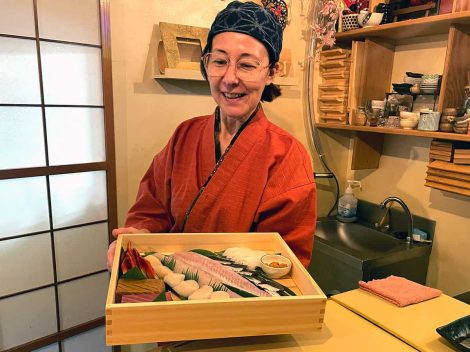
The izakaya in Infernetto
On normal evenings, from Thursday to Sunday, Mikachan's room is animated by a lively and convivial atmosphere: less than twenty covers on five tables, shelves full of products that exalt the pop imagery of Japan, between snacks and colorful drinks. After all, it is a sign born inspired by izakaya, Japanese taverns where you go to share a glass of sake and some comforting dishes. On Wednesdays, however, the tone changes: the lights dim, the only illuminated area is the counter, seven seats for as many guests who entrust themselves to the chef with the omakase menu, which, indeed, translates to "I trust you".
Wednesday's omakase
Along with special events, Wednesday's omakase evening is perhaps the easiest way to get a coveted spot at Mikachan. If, in fact, for the à la carte menu of the izakaya, during the week, reservations are fully booked for months, here the commitment is more onerous and selects the clientele upstream: the tasting menu, at 120 euros, is communicated to guests in advance, but to confirm the reservation, payment must also be made at the same time. Only seven seats are available, the raw materials specially selected for the occasion: not even a no-show can be allowed.
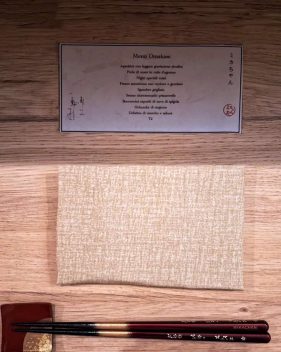
The magic of sushi
With a background of Japanese jazz and Micaela Giambanco behind the counter officiating the ritual - and involving diners with stories about the culture of the Land of the Rising Sun - here comes the dance with a slightly alcoholic aperitif, which opens the way, if desired, to pairing with one of the house-selected sakes. On the menu, you read Sea pearls in citrus nest, and the savory bite of properly marinated salmon eggs on a sphere of Vercelli rice Yume Nishiki with yuzu powder arrives.
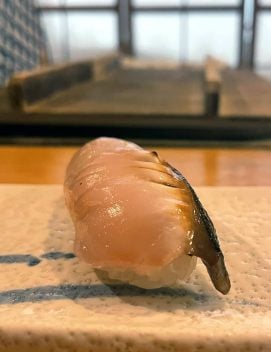
It's nigiri time, the moment when the chef puts herself on the line in front of the guests. She arranges the knives, shows the box containing, like jewels, the fish chosen for the evening, tells their characteristics and pairings: shiso leaves, yuzu, light soy sauce, traditional soy sauce, wasabi (the paste is obtained from the true grated root that comes from Japan), each seasoning is measured to the millimeter, there are no bowls of sauces at the guests' discretion, they must rely on her not to spoil the magic of the balance between fish and rice that distinguishes the art of sushi. Magic that is accomplished with the progression of wild squid, sea bass, amberjack with flamed skin, arctic clam, anchovy, tuna, marinated tuna, Hokkaido scallop, and sea urchin: cuts, textures, melt-in-your-mouth quality, concentration on the flavor of the sea, it's all there. The peak is reached.
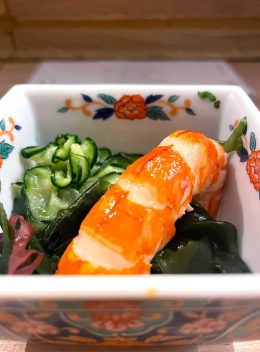
An orthodox menu
It could end here and it would already be a complete experience, but the journey that Giambanco reserves for her guests includes a true immersion in Japanese tradition: the sunomono (which translates to "foods dressed with vinegar") with vegetables and shrimp is truly as fresh as promised by the menu, cucumbers and seaweed have a satisfying crunchiness. The grilled mackerel, with bones, as they do in Japan, is tasty and tender, particularly pleasant to eat with chopsticks, even for novices.
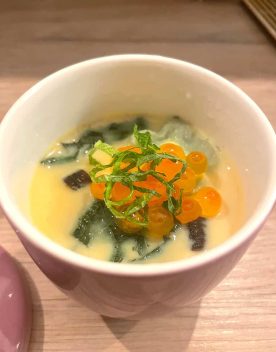
The spring chawanmushi (pudding) is a concentrate of umami, between eggs, katsuobushi, shiitake mushrooms, silky and seductive it can win over even those who usually don't get along with puddings. The snack of fried seaweed containing sea bass eggs is followed by the seasonal ochazuke: on rice seasoned with vegetables and other ingredients, tea is poured, turning it into the classic home-cooked evening soup, perhaps too simple at this point in the menu. Which instead ends at its best with the umeshu and sakura jelly: a true hymn to spring, it's a eat and drink centered on the delicate plum liquor, with temperature differences that also enhance the fragrant cherry blossom. A cup of tea is the final farewell, late at night, with which one says goodbye to Japan to return home, to Rome.

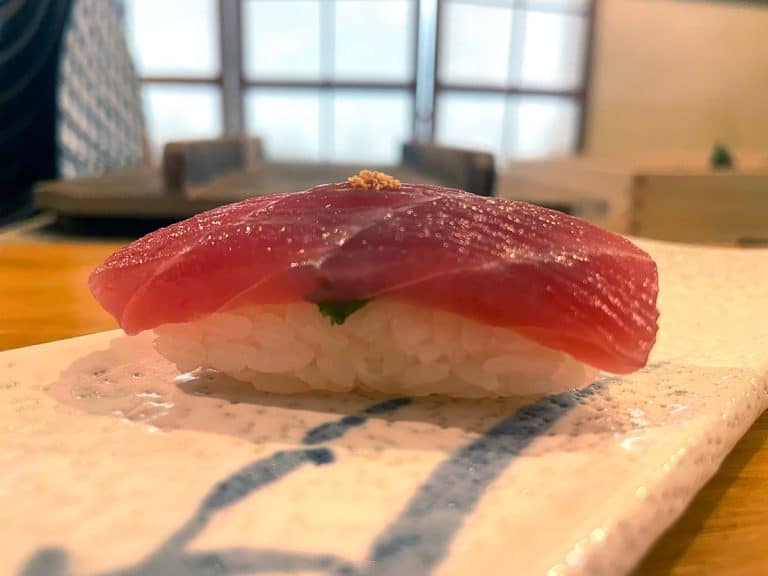
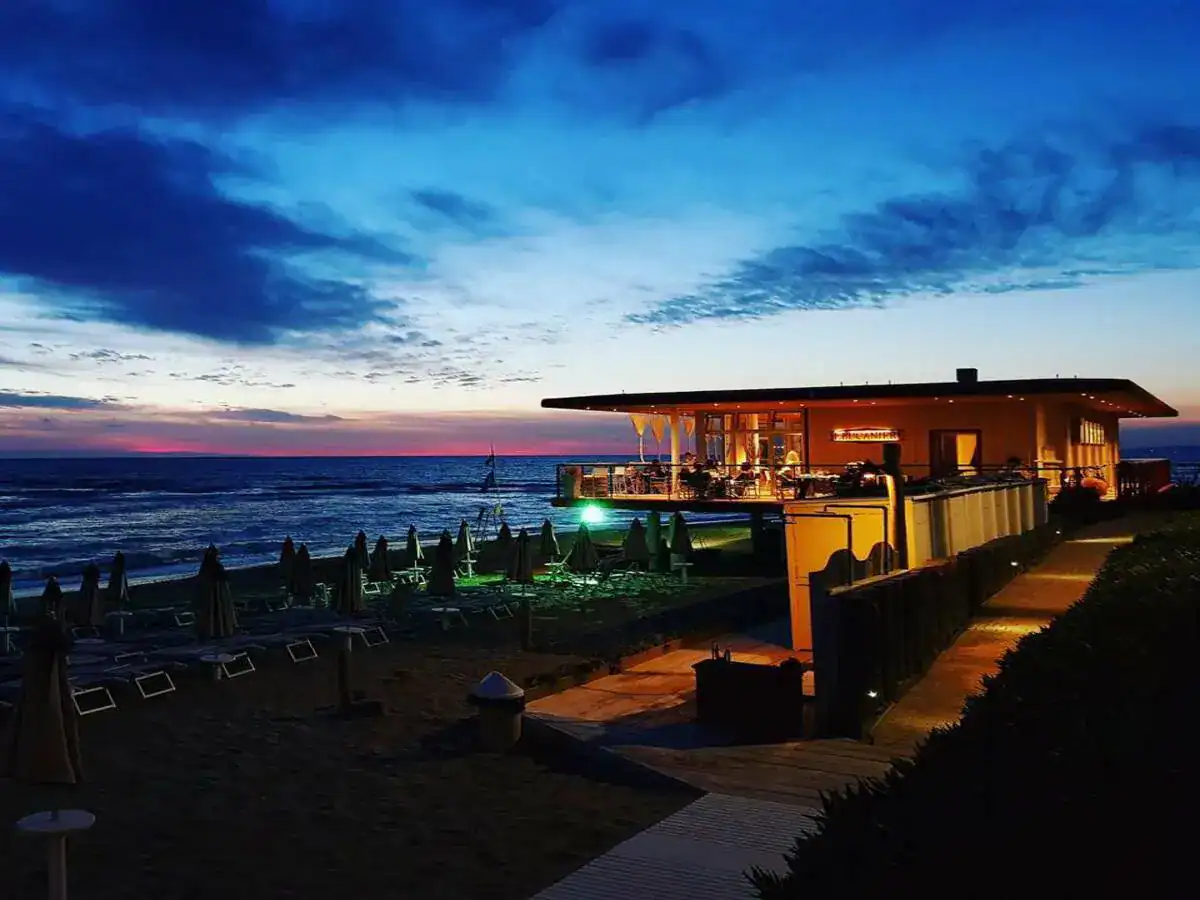 Eating by the sea in Tuscany. The best beachfront restaurants selected by Gambero Rosso
Eating by the sea in Tuscany. The best beachfront restaurants selected by Gambero Rosso Contemporary cuisine, farmhouses and pinewoods. The hidden restaurant in the nature park near Como
Contemporary cuisine, farmhouses and pinewoods. The hidden restaurant in the nature park near Como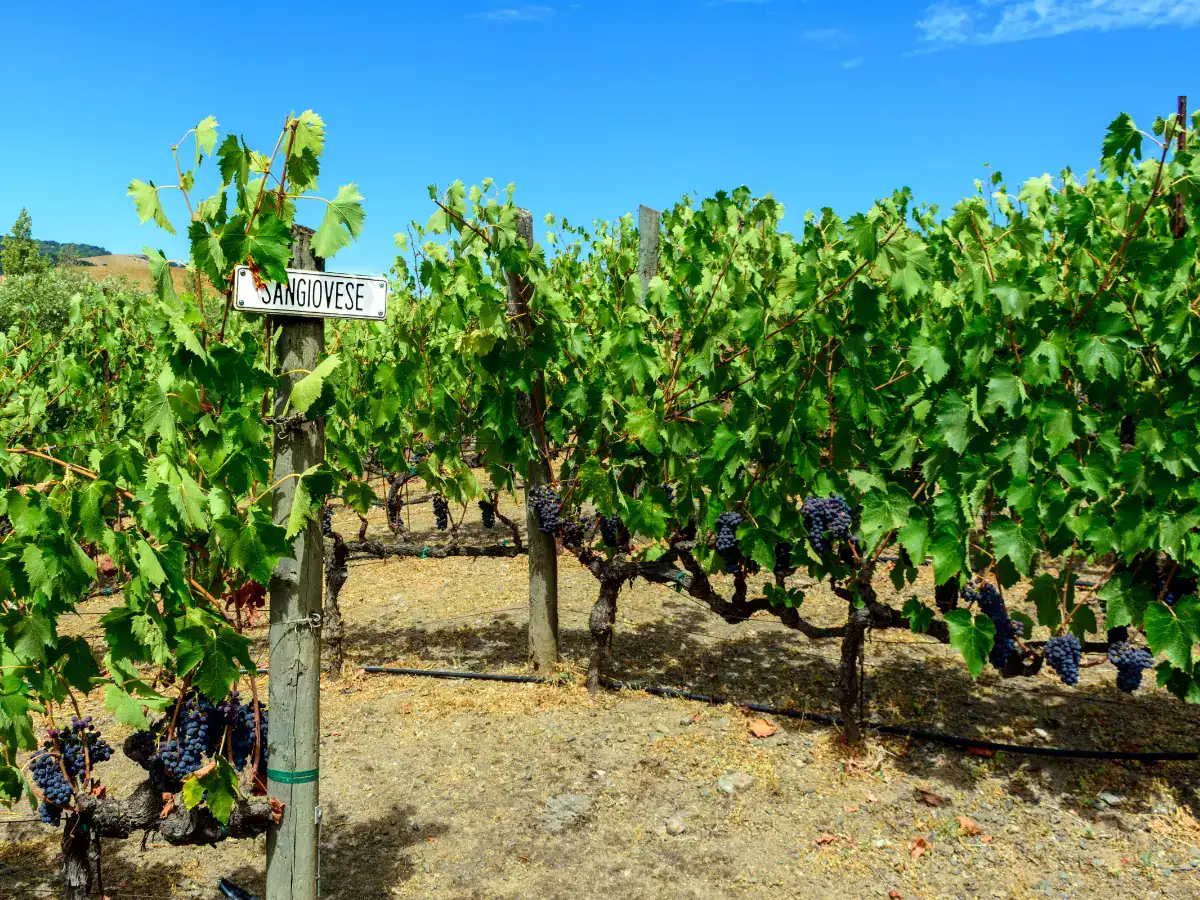 California rediscovers Sangiovese. A brief history of the revival of a forgotten grape variety in the United States
California rediscovers Sangiovese. A brief history of the revival of a forgotten grape variety in the United States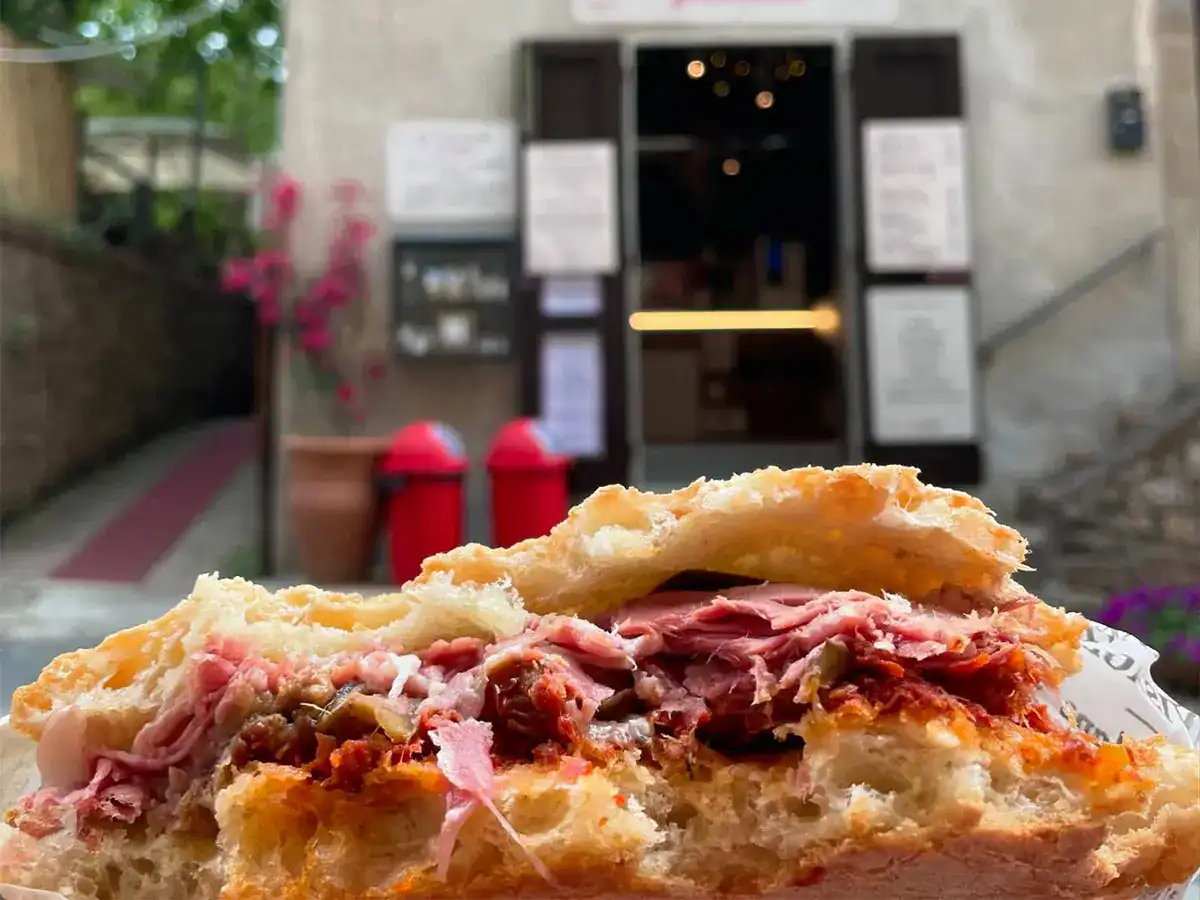 There’s a small shop in Tuscany making incredible stuffed sandwiches and focacce
There’s a small shop in Tuscany making incredible stuffed sandwiches and focacce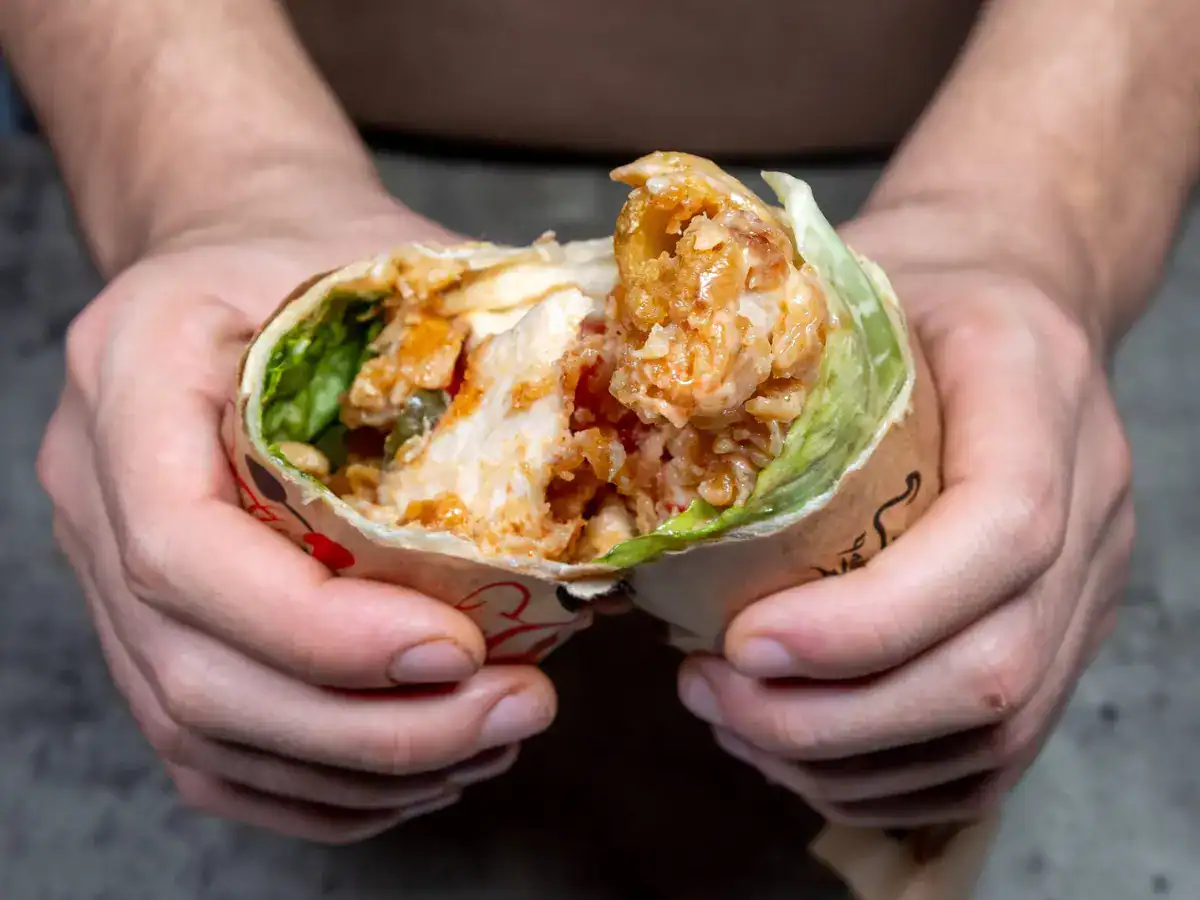 Gourmet maritozzi, Ascolana olives, and suburban pastrami: the unmissable street food of Italy
Gourmet maritozzi, Ascolana olives, and suburban pastrami: the unmissable street food of Italy
